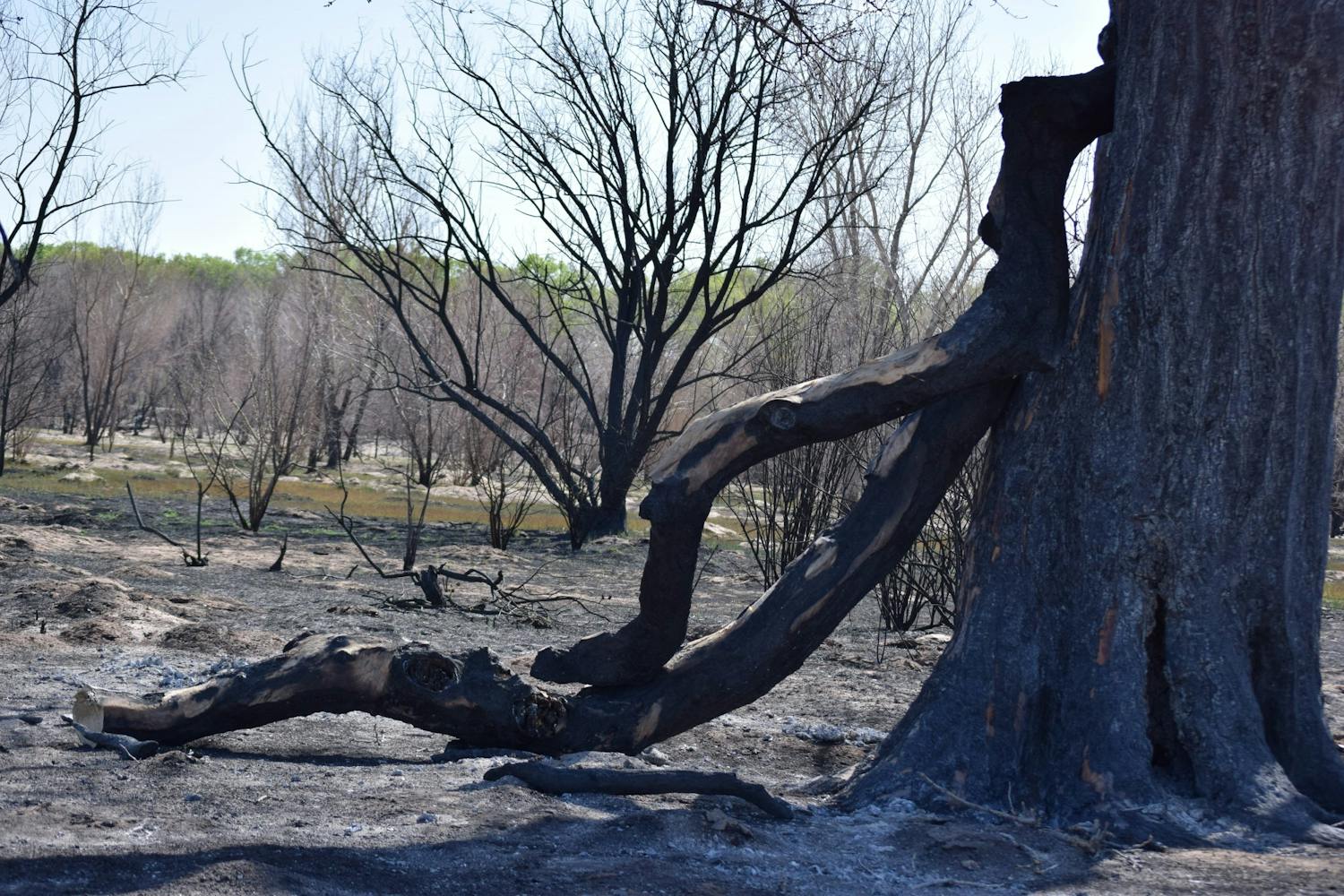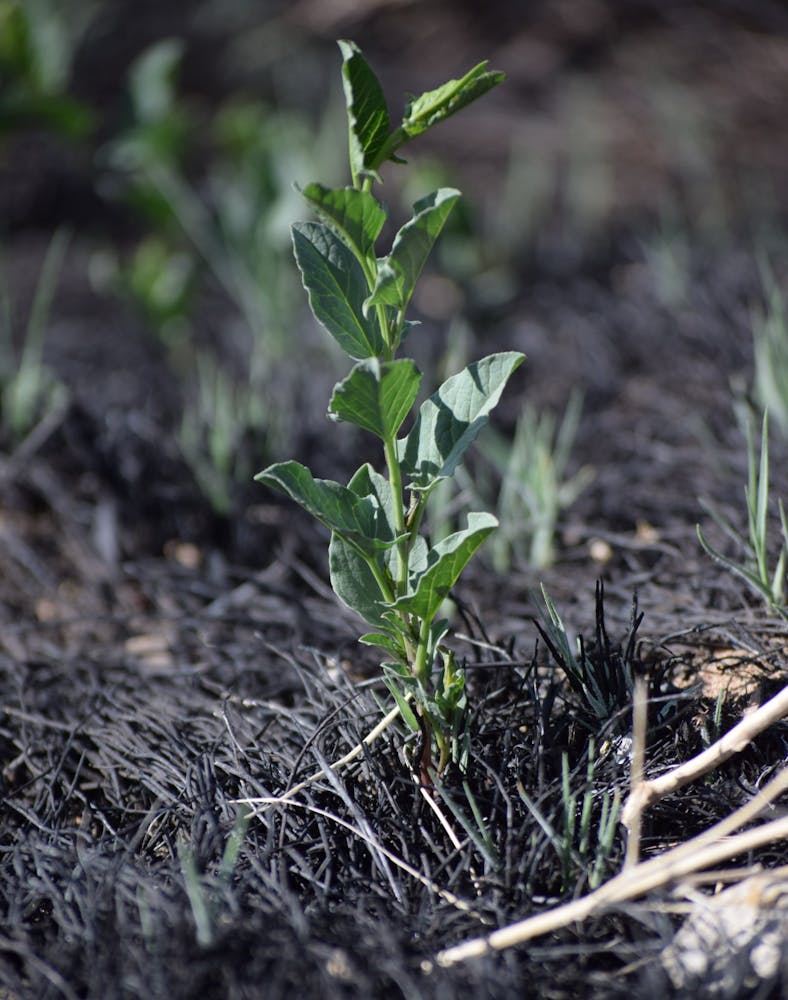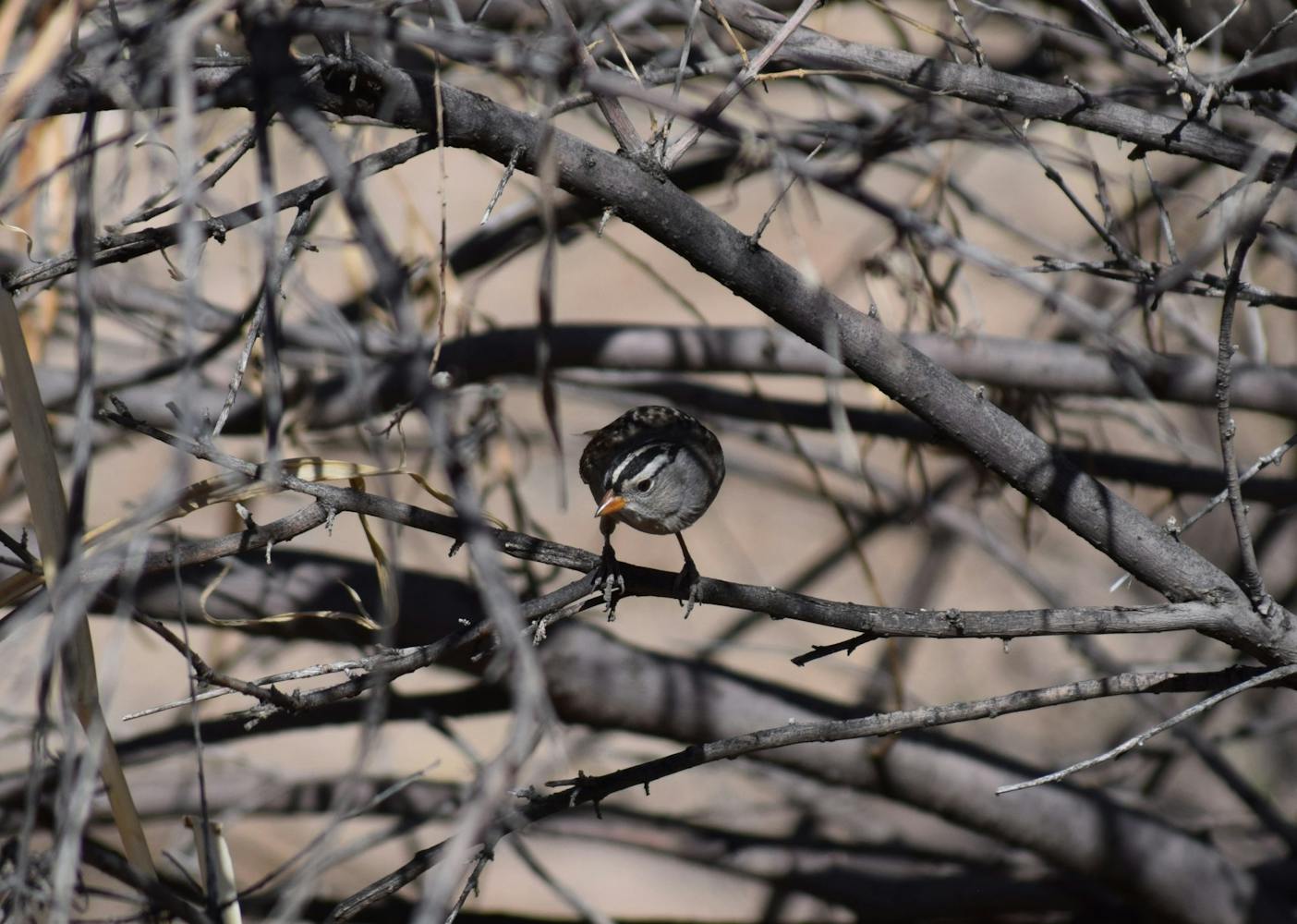Destruction continues throughout the state as the combined Calf Canyon and Hermit’s Peak fires are currently the largest wildfire in the United States, having burned down 103,908 acres of land as of Sunday, May 1.
Across New Mexico, there are currently 49 active wildfires as of Sunday, May 1, caused by severe to exceptional drought conditions, a leading cause of the wildfires that have been ablaze since early April, impacting communities and workers across the state working to keep everyone informed and safe.
Intense wind conditions and years of drought have rapidly increased the speed at which the fires have grown, according to KOAT. In an emergency declaration from April 24, Gov. Michelle Lujan Grisham urged citizens to evacuate areas with fire warnings and cautioned a difficult summer ahead. At the time of the press conference, there were 20 active wildfires burning across 16 counties.
"There are currently more than 1,000 firefighters working on these fires statewide. It will be a tough summer because our risk season is incredibly and dangerously early, and it means we have a longer, more dramatic, and quite frankly, more dangerous fire season," Lujan Grisham said.
Restrictions and closures can include evacuations of different communities. Even with the “Ready, Set, Go!” wildfire awareness and preparedness plan in place, sometimes, due to fires moving quickly, residents like University of New Mexico student Tatiana Roache were not given much prior warning before evacuating.
“There was little to no notice for the evacuation in my case. We didn’t even know about the fire until a local sheriff came and knocked on our door, saying we needed to evacuate. My initial reaction was shock that there was a fire so close to my home,” Roache wrote to the Daily Lobo. “I immediately was just concerned with the safety of my family and pets. I went to the backyard to see the status with my own eyes, and there were huge flames only about 1/8 of a mile from my backyard and a lot of orange smoke.”
Roache was forced to evacuate her family home in Belen within 15 minutes of the Big Hole Fire being reported, with the fire looming dangerously close to their property.
Wildfires are unpredictable and cause devastation to the land they cover, including a local nature reservation, the Whitfield Wildlife Conservation Area, which preserves and maintains wetlands in the Bosque to improve water quality and outcomes for native species. Andrew Hautzinger, district director for the Valencia Soil and Water Conservation District, said that three-quarters of its 97 acres burned down due to the Big Hole Fire.
“All we’re waiting for is the next fire to happen. When that fire happens, (they’re) not fighting the fire. (They’re) running to protect the house that could be affected by the fire,” Hautzinger said. “That pushes you to make some really hard choices and the choice on April 11 was to let the conservation area burn. We have this handful of 100-year-old cottonwood trees that are no longer with us and that's a community asset that wasn't protected.”
The priority for firefighters, according to Hautzinger, is protecting the structures and homes in a community to help the public prepare for these wildfires. Several other organizations are in place to handle care during and after a wildfire, including the U.S. Forest Service’s Burned Area Emergency Response program.
“The Burned Area Emergency Response Program addresses post-fire emergency stabilization and other post-wildfire problems. BAER teams consist of interdisciplinary resource specialists,” Johnson said. “Treatments are focused on severely burned areas, steep slopes, places where water runoff will be excessive, fragile slopes above roads, trails, campgrounds and other valuable facilities on National Forest System lands.”
Other resources outside of BAER include the Natural Resource Conservation Service and the National Care and Recovery team. NRCS handles the Emergency Watershed Protection program to help mitigate hazards to life and property, while the NCR team helps employees and the communities to care for and recover from wildfires.
Get content from The Daily Lobo delivered to your inbox
Elizabeth Secor is a freelance reporter for the Daily Lobo. She can be contacted at news@dailylobo.com or on Twitter @esecor2003
Madeline Pukite contributed reporting to this article
Elizabeth Secor is a freelance reporter for the Daily Lobo. She can be contacted on Twitter @esecor2003









